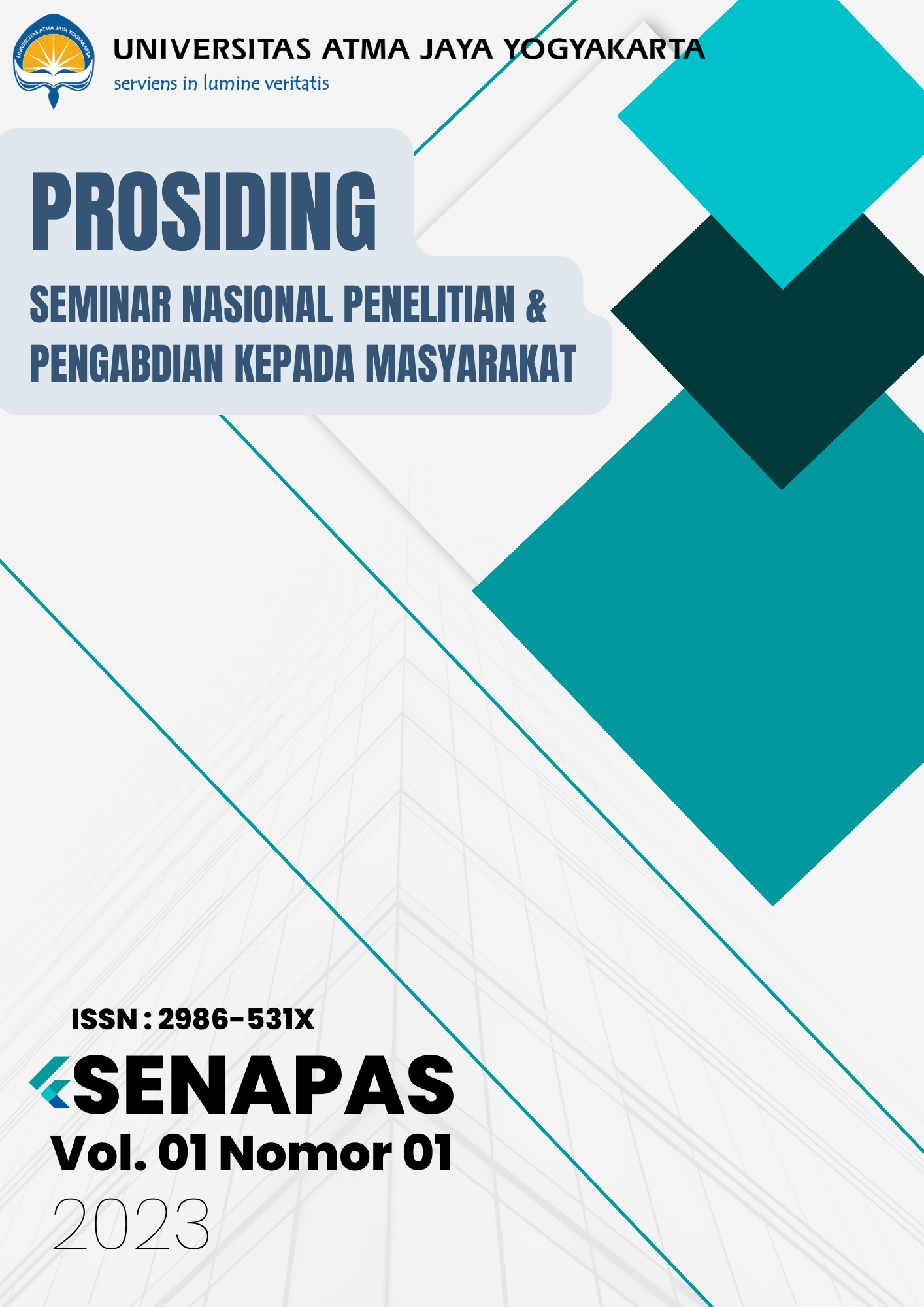Kausalitas Perkembangan Pariwisata dan Pertumbuhan Ekonomi di Indonesia
DOI:
https://doi.org/10.24002/senapas.v1i1.7299Keywords:
perkembangan pariwisata, pertumbuhan ekonomi, kausalitas Granger, IndonesiaAbstract
This study aims to analyze the causal relationship between tourism development and economic growth in Indonesia. The data analysis method used is Granger causality analysis. The results of the study indicate variations in the causal relationship between economic growth and tourism development. The variation here refers to the fact that the causal relationship between the two variables can be significant or not depending on the selected indicator variables and the number of lags used in the analysis. For significant relationships, the results indicate that the relationship between the two variables can be either one-way or two-way. One-way relationship means that one variable affects the other variable. Two-way relationship means that both variables influence each other. This research is expected to benefit tourism industry practitioners and government as important input in evaluating the relationship between tourism development and economic growth in Indonesia, for the academic community as an additional empirical study on the relationship between tourism development and economic growth in Indonesia, and for the researchers themselves as an effort to contribute in the field of tourism and specifically related to the relationship between tourism development and economic growth in Indonesia.
Keywords: tourism development, economic growth, Granger causality, Indonesia
References
B. M. A. Muhtaseb and H.-E. Daoud, “Tourism and Economic Growth in Jordan: Evidence from Linear and Nonlinear Frameworks,” Manag. Glob. Transitions Int. Res. J., vol. 14, no. 1, pp. 31–53, 2016.
P. J. Cárdenas-García, M. Sánchez-Rivero, and J. I. Pulido-Fernández, “Does Tourism Growth Influence Economic Development?,” J. Travel Res., vol. 54, no. 2, pp. 206–221, Mar. 2015, doi: 10.1177/0047287513514297.
J. L. Eugenio-Martin, N. Martín Morales, and R. Scarpa, “Tourism and Economic Growth in Latin American Countries: A Panel Data Approach,” SSRN Electron. J., 2004, doi: 10.2139/ssrn.504482.
A. Erick, “International tourism receipts and economic growth in Kenya 1980 -2013,” Mpra, no. 78110, 2016, [Online]. Available: https://mpra.ub.uni-muenchen.de/78110/
J. G. Brida and M. Pulina, “A literature review on the tourism-led-growth hypothesis,” p. 31, 2010, [Online]. Available: http://eprints.uniss.it/5623/1/Brida_J_Literature_review_on_the.pdf
R. R. Kumar, N. Loganathan, A. Patel, and R. D. Kumar, “Nexus between tourism earnings and economic growth: a study of Malaysia,” Qual. Quant., vol. 49, no. 3, pp. 1101–1120, May 2015, doi: 10.1007/s11135-014-0037-4.
İ. Hüseyni, Ö. Doru, and A. Tunç, “The effect of tourism revenues on economic growth in the conext of neo-classical growth model:in the case of turkey,” Ecoforum, vol. 549, no. 1, pp. 40–42, 2017.
F. Pigliaru and A. Lanza, “Why Are Tourism Countries Small and Fast-Growing?,” SSRN Electron. J., 2005, doi: 10.2139/ssrn.146028.
D. Ramesh, “Tourism and economic growth: The case of Mauritius,” Tour. Econ., vol. 15, no. 2, pp. 63–68, 2010.
E. Tantowi, Akhmad; Barudin;Suryani, NESPARNAS (Neraca Satelit Pariwisata Nasional) 2016, 2016th ed. Jakarta: Kementerian Pariwisata, 2016.
A. Alhowaish, “Is Tourism Development a Sustainable Economic Growth Strategy in the Long Run? Evidence from GCC Countries,” Sustainability, vol. 8, no. 7, p. 605, Jun. 2016, doi: 10.3390/su8070605.
A. Widarjono, Ekonometrika : Teori dan Aplikasi Untuk Ekonomi dan Bisnis, I. Yogyakarta: Penerbit Ekonisia, 2005.
B. Zuo and S. (Sam) Huang, “Revisiting the Tourism-Led Economic Growth Hypothesis: The Case of China,” J. Travel Res., vol. 57, no. 2, pp. 151–163, 2018, doi: 10.1177/0047287516686725
Downloads
Published
Issue
Section
License
Copyright (c) 2023 Florentinus Nugro Hardianto

This work is licensed under a Creative Commons Attribution-ShareAlike 4.0 International License.









